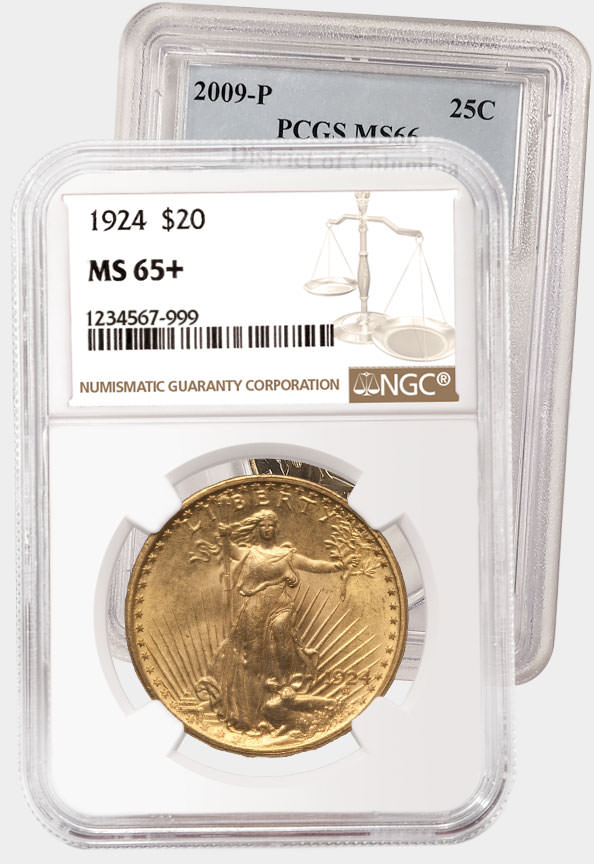Counterfeit Detection: Mexico 1983 Silver Onza
Posted on 10/15/2024
Mexico’s Silver Libertad Onza coins were introduced in 1982, pre-dating more popular bullion options today that include the United States’ Silver Eagles, China’s Silver Pandas and Canada’s Silver Maple Leafs. The coins show a head-on view of the Angel of Independence statue in Mexico City; the coin's design was modified in 1996, adapting the three-quarters view that is still in use today.
The example shown here is graded NGC MS 66, which is the median grade in the NGC Census. This coin in this grade would be expected to sell for about $100, or roughly triple the coin's intrinsic silver value. NGC received a purported example of this coin in a recent submission and was quickly able to determine that it is a counterfeit (one that was struck in copper-nickel).
Often, counterfeiters use a real coin to transfer its design to dies, which are then used to strike fakes. However, the significant variations in the design here mean that this coin is not a die-transfer counterfeit. For instance, the angel’s face is much narrower than it should be. In addition, the genuine coin’s angel has wings that are more nuanced in their detail.
When attempting to authenticate a coin, it is also helpful to closely examine the letters and numbers. In the close-ups below, notice the serif (the small horizontal line) on top of the ‘L’ is almost missing entirely on the counterfeit. Each of the ‘9’ characters are much thinner on the counterfeit. And the bottom of the ‘y’ drops lower on the counterfeit than it does on the genuine example.
Genuine Silver Onzas have a diameter slightly wider than a Morgan Dollar, so a loupe wasn’t necessary to determine that this coin was a fake. But not all counterfeits are this easy to spot. If you have any doubts about whether you have a genuine bullion coin, remember that NGC backs its determinations of authenticity and grade with the NGC Guarantee.
Did you know? NGC has created a comprehensive Counterfeit Detection resource to help collectors and dealers identify counterfeit and altered coins. Visit NGCcoin.com/counterfeit.
Stay Informed
Want news like this delivered to your inbox once a month? Subscribe to the free NGC eNewsletter today!








